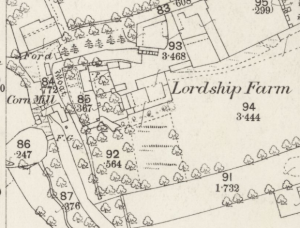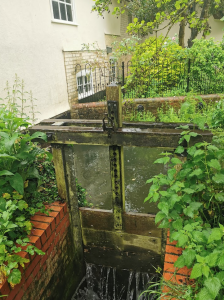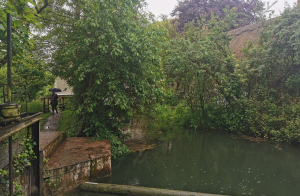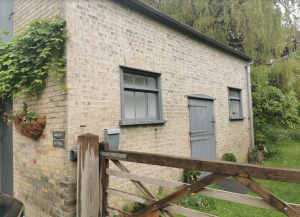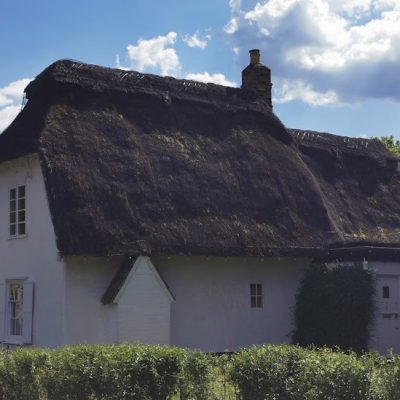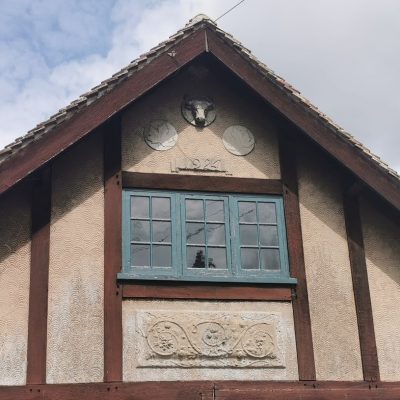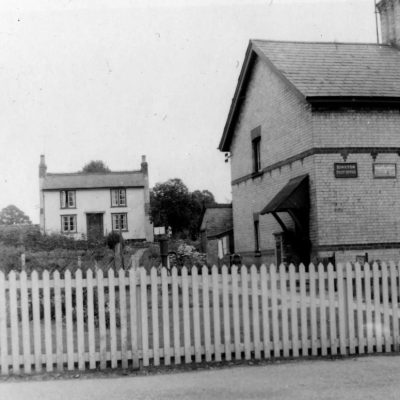Search by topic
- archaeology
- Building of Local Interest
- charity
- church
- crime
- dressmaker
- fire
- Great Eastern Railway
- Listed building
- Mapping Relief
- medieval
- oral history
- poverty
- Public House
- Rattee & Kett
- Religious House
- Roman
- scholar
- school
- Then and Now
- tudor
- women
- work
- world war one
- world war two
Search by text
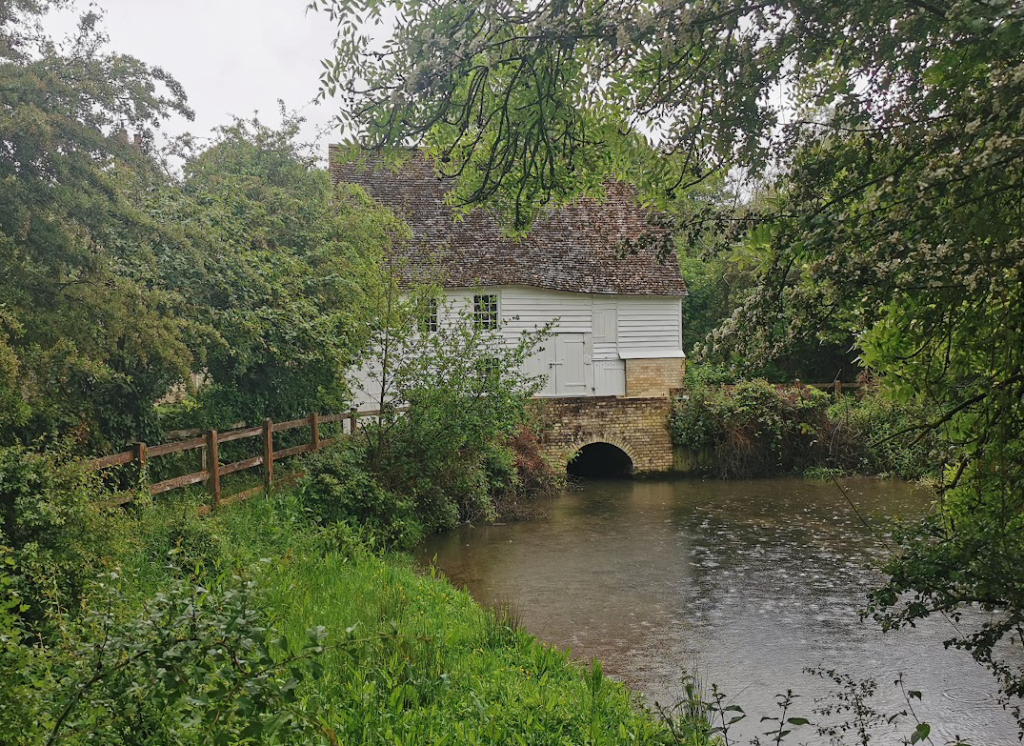 Hinxton Mill (RGL2024)
Hinxton Mill (RGL2024)Hinxton Mill
History of Hinxton Mill
Listed Building
Watermill and attached cottage. Cottage C17 with additions c.1766 (dated stack). Mill late C18 with C19 alterations. Timber-framed, plastered and weatherboarded; C19 gault brick. … The mill was last used in 1950 and is now owned by the Cambridge Cottage Preservation Society.
The Domesday book records 3 mills in 1086, worth 21s, 8s and 4d a year.
1279 a water mill is shared between the Hinxton manors
1698 one remaining water mill.
1781 An apprentice to the miller, Thomas Beans, had a term of indenture of 7 years for which 5s premium paid.
1870 advert in Cambridge Chronicle: a water corn mill with a good trade – driving three pairs of stones – immediate possession may be had.
1881 census: Mill House
Isaac Kemp, 68, agricultural labourer, b Hinxton
Elizabeth, 69, b Essex
Fred, 31, agricultural labourer, b Hinxton
1901
Fred Speed, 30, yardman on farm, b Hinxton
Mary A, 39, b Longstanton
Annie, 8, b Hinxton
Ellen, 7, b Hinxton
John, 6, b Hinxton
Mary, 3, b Hinxton
1913 water turbine installed after the death of the miller’s son who fell into the waterwheel and died.
1939 Mill Cottage
Algernon Croot, b 1877, miller and labourer
Annie Croot, b 1874
Algernon Croot, b 1907, shop assistant grocery
1955 business closed. Algy Coot, son of last miller continued living in miller’s cottage.
1984 mill purchased by Cambridge Preservation Society.
1998 Algernon Croot lived at Mill Cottage from 1913 until 1998. He was the church organist but achieved fame in the 1980s when he was taken into Addenbrookes hospital with malnutrition. Mr Croot was also a cyclist; he lived with his mother Annie until her death at 95. Algernon was once locked into the church by the vicar by accident and had to ring the church bells in order to be set free. He lost a job as a baker’s delivery boy when he allowed his horse to eat part of a yew hedge at the parsonage; the horse subsequently died. Later, during a threatened bread shortage he hoarded bread and even when it was covered in blue mould, proceeded to eat it. (See The Life and Times of Hinxton, 2000)
Contribute
Do you have any information about the people or places in this article? If so, then please let us know using the Contact page or by emailing capturingcambridge@
License
This work is licensed under CC BY-NC-SA 4.0





